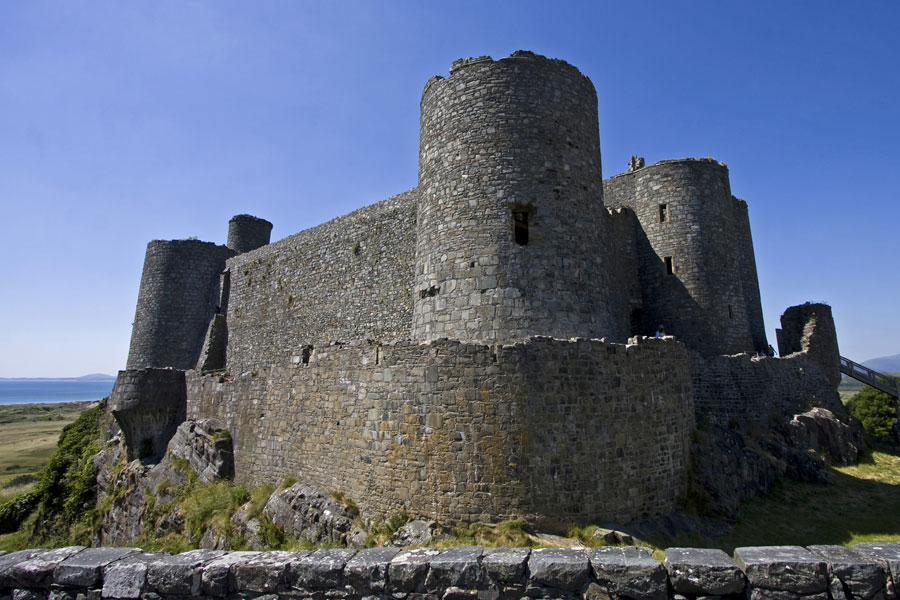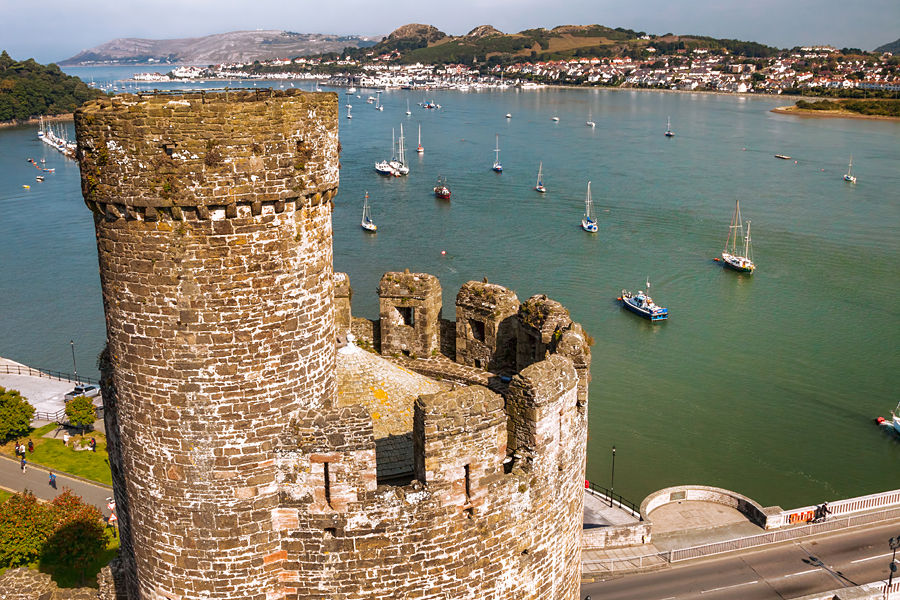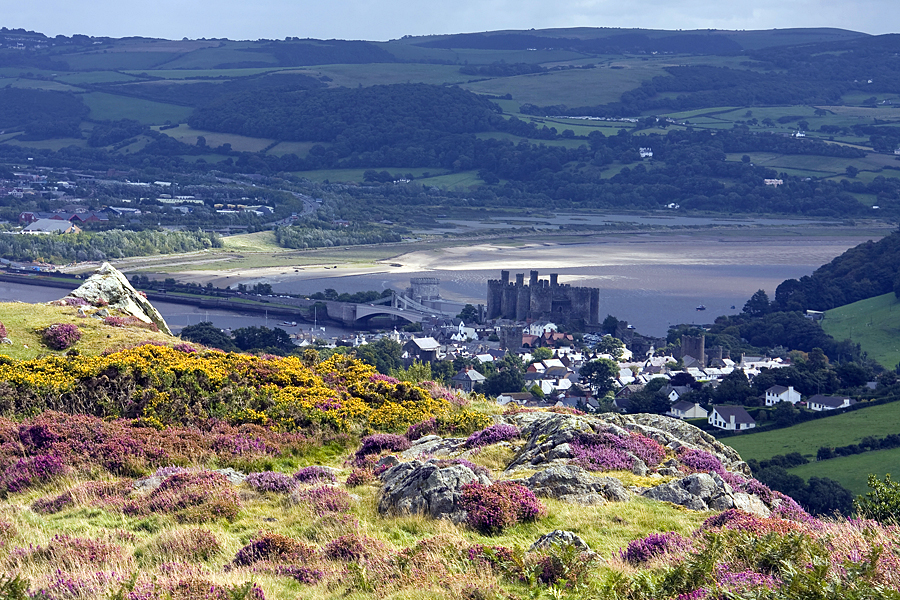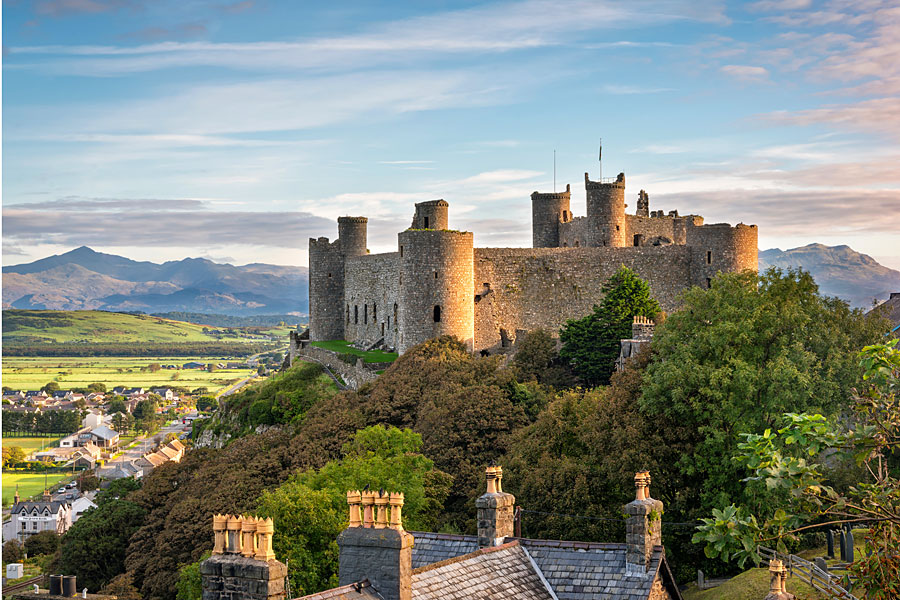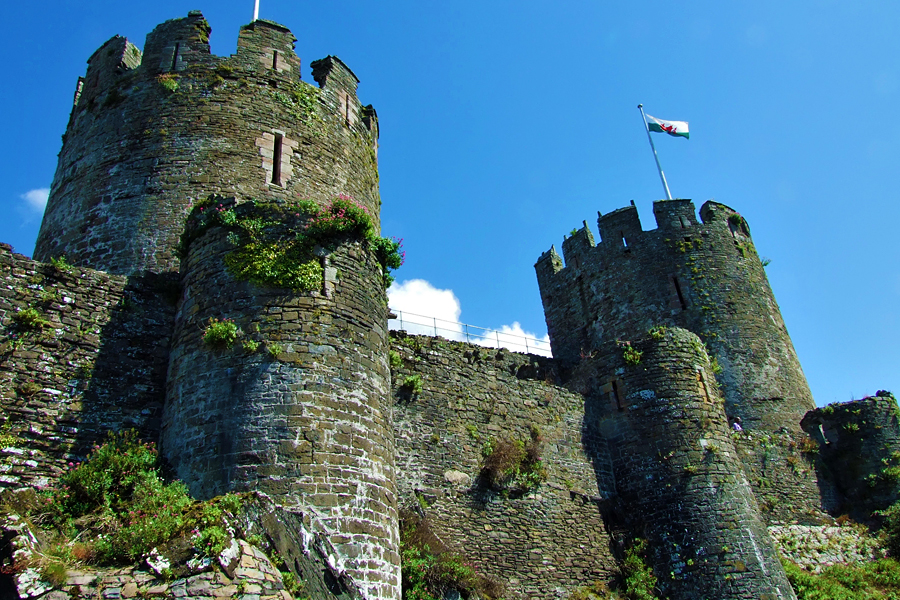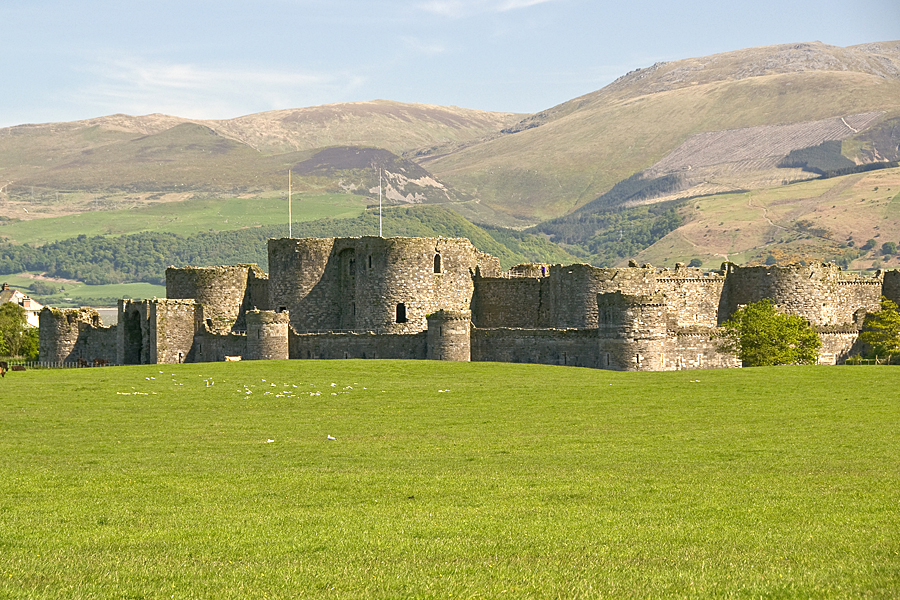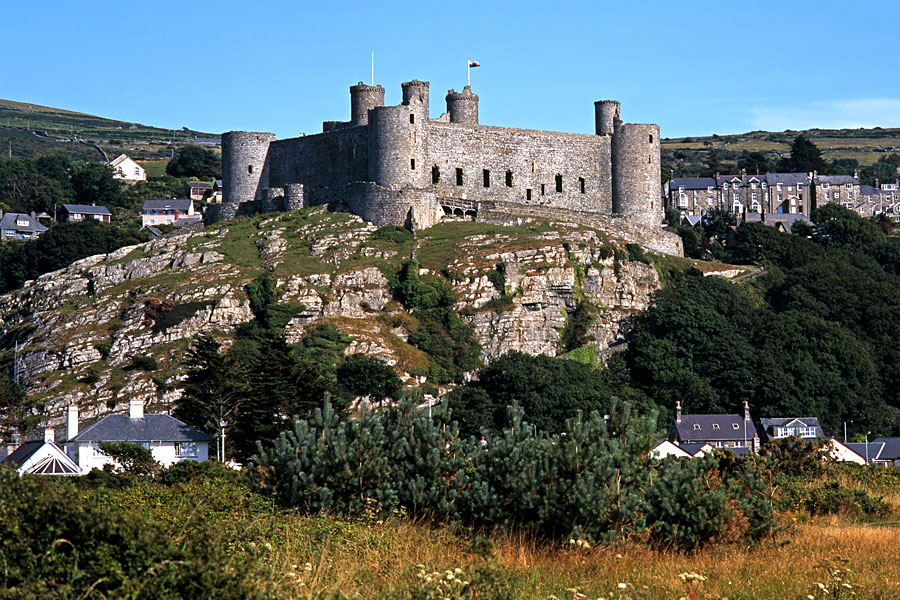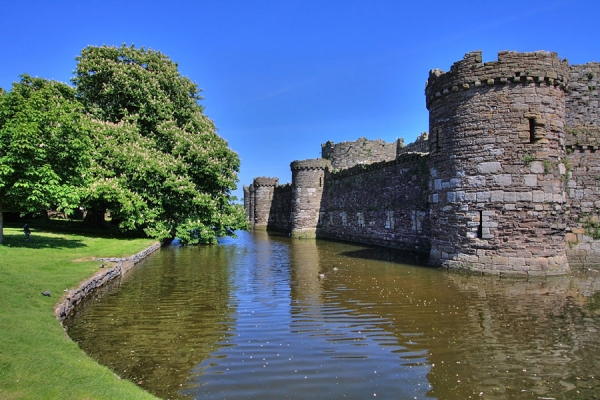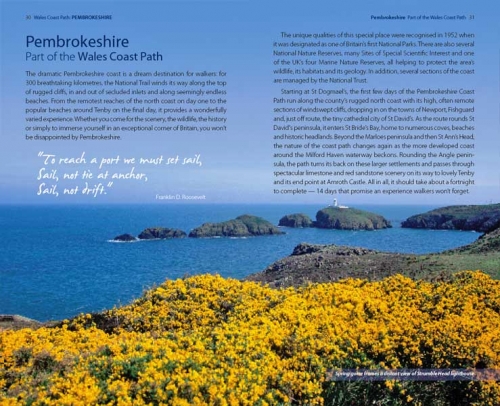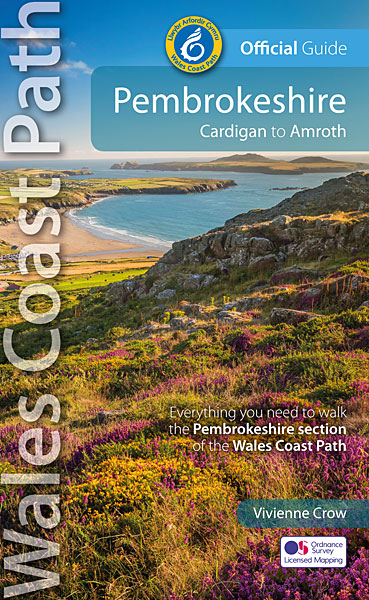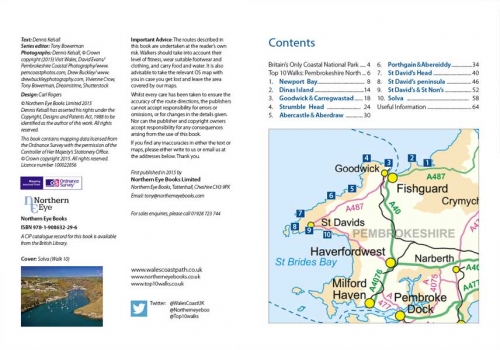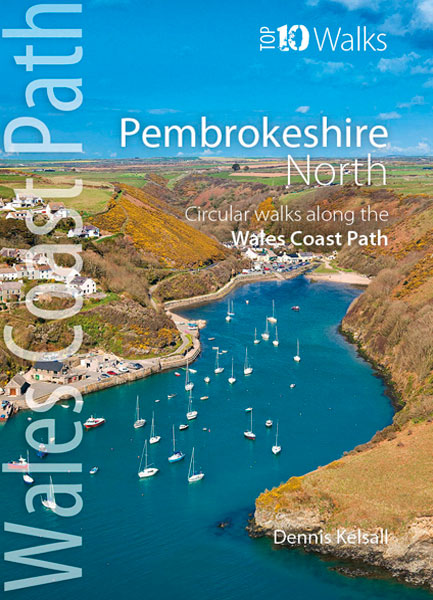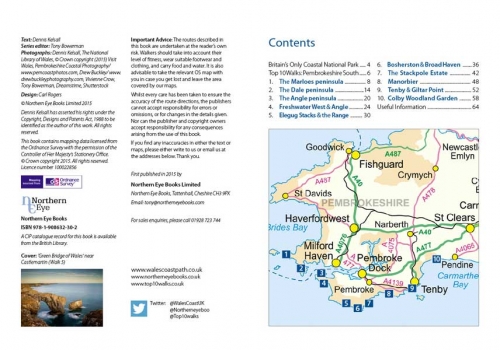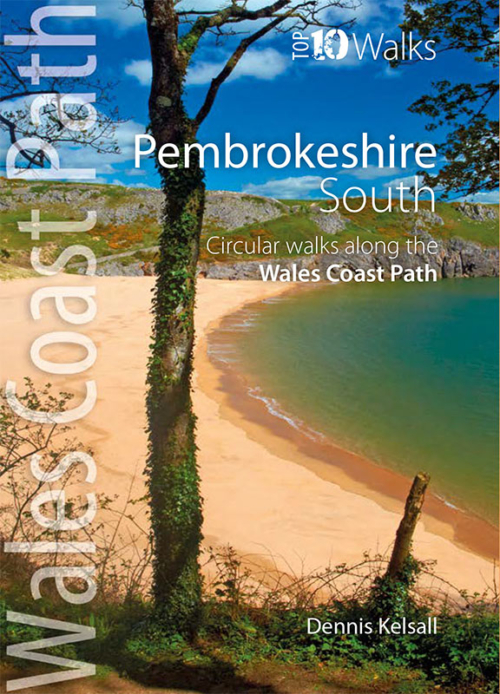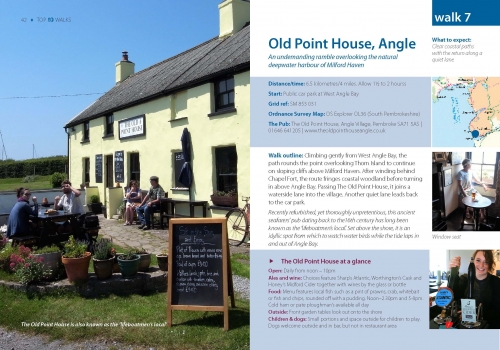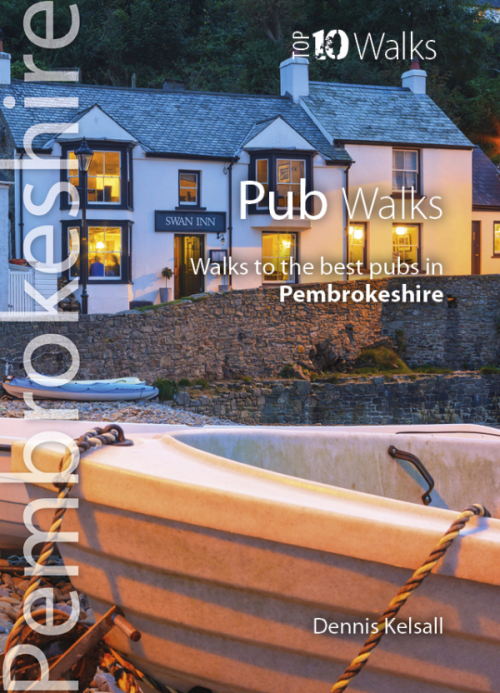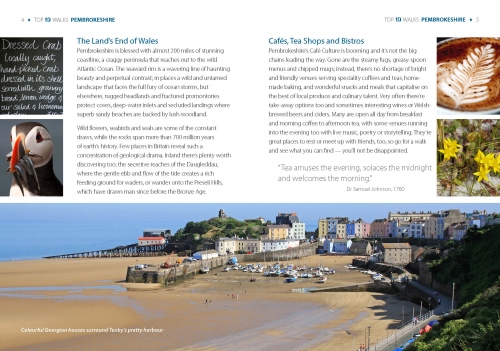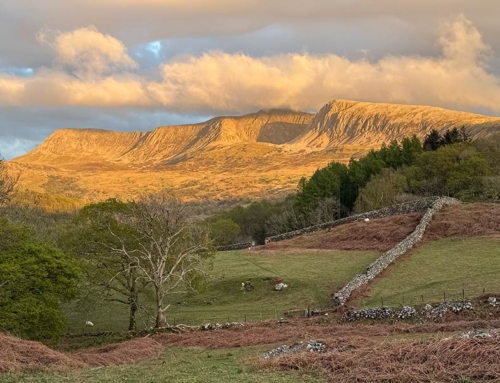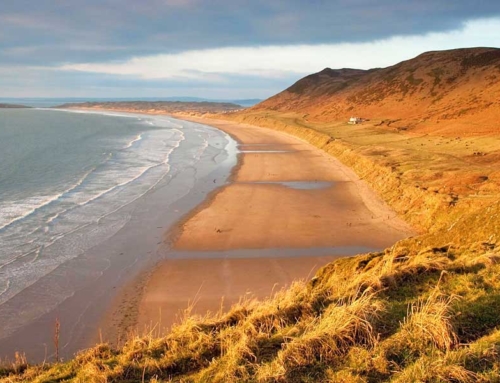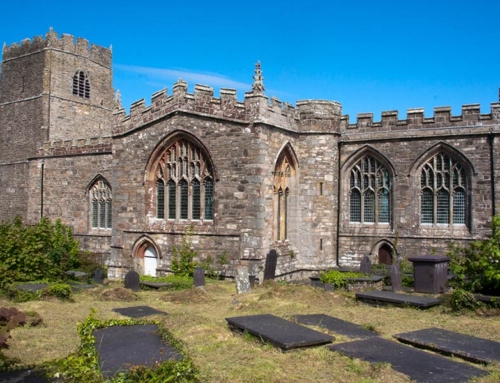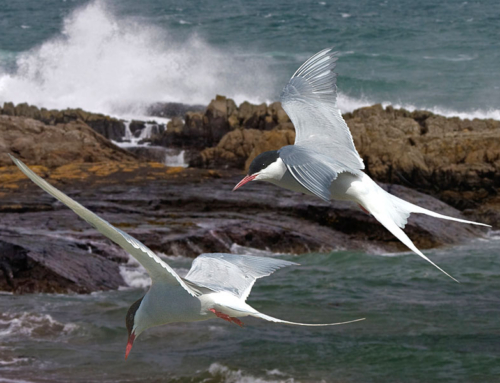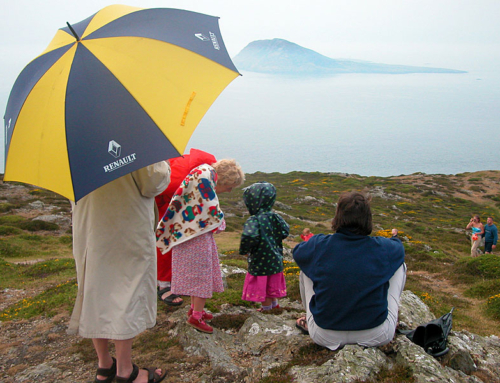When it was new, Harlech Castle was whitewashed to make it stand out on its seaside crag
Tony Bowerman explores the amazing fact that Wales has more castles for its size than any other country in the world
OF ALL WALES’ 400 OR SO HISTORIC CASTLES, the most formidable and impressive are undoubtedly the ‘Iron Ring’ of fortresses built by Edward I to encircle Gwynedd in North Wales — the last bastion of Welsh resistance to the hated English overlords
Military campaigns
From the Norman conquest onwards, a series of charismatic Welsh leaders had fought against English dominion. Eventually, in 1267 the weak English king, Henry III was forced to sign the Treaty of Montgomery, recognising Llywelwyn ap Gruffydd as the first Prince of Wales. Yet, despite high hopes, the autonomy of Wales was short-lived.
Henry’s ruthless son, Edward I was made of sterner stuff. After his first successful military campaign against the Welsh in 1277, he strengthened and rebuilt his father’s old castles at Flint, Rhuddlan and Aberystwyth. Following Llywelwyn’s second but unsuccessful uprising and death in 1282, Edward was determined to finish the fight. His ‘Iron Ring’ of mighty fortresses at Conwy, Caernarfon, Beaumaris and Harlech encircled Snowdonia. Welsh resistance was effectively crushed. Together, the castles of Edward’s ‘Iron Ring’ represent Europe’s most expensive and ambitious medieval military building project.
Beaumaris, Conwy, Caernarfon and Harlech are the finest examples of late 13th– and early 14th century military architecture in Europe.
— UNESCO statement of significance, 2013
Highly evolved designs
The new castles were the work of Master James of St George, the top military architect of his day. Unlike earlier, simple square castles, Edward’s new fortresses had inner and outer curtain walls and circular towers and gateways. They show a clever progression towards the highly evolved concentric design of Beaumaris Castle, on Anglesey.
Their design was based on the bastide towns of Gascony in southwest France whose castles were integrated into walled town filled with busy traders. Populated exclusively by English settlers, these new market towns cunningly engaged the Welsh in English ways. The Welsh were allowed to enter the towns by day but kept out at night and forbidden to either trade or carry weapons. Not until the 1700s did the Welsh have similar towns of their own.
When they were new, the castles were boldly whitewashed to emphasise their power. Part of a cleverly conceived project, they occupied key strategic positions, were a day’s march apart, and could be resupplied by sea.
Strategic sites
Many of the sites also had symbolic significance. Conwy occupies the site of an earlier Welsh monastery and sits on the west bank of the River Conwy, deliberately within the territory of the Princes of Gwynedd. Caernarfon’s banded masonry echoes imperial Roman Constantinople, another ancient military stronghold, royal palace and seat of government. Beaumaris was built on the site of the demolished Welsh Llanfaes Abbey.
Today, many of these iconic castles are cared for by CADW: Welsh Historic Monuments. Conwy, Caernarfon, Beaumaris and Harlech are also internationally renowned and protected by UNESCO as World Heritage Sites. All of them are open to the public and together they give a real insight into Wales’ turbulent past.
This article first appeared as an interpretive spread in the Official Guide: Wales Coast Path: Llyn Peninsula and is re-published here with the author’s permission. Copyright © Tony Bowerman 2015. All rights reserved.
Tony Bowerman is a director of Northern Eye Books Ltd, and loves nature and the outdoors. At one time he contributed articles to several national newspapers and magazines. He later worked as an ‘interpretation consultant’ for clients such as the National Trust, Welsh Water, County Councils and Wildlife Trusts. He is a member of the Outdoor Writers and Photographers Guild.
Contact: tony@northerneyebooks.com


